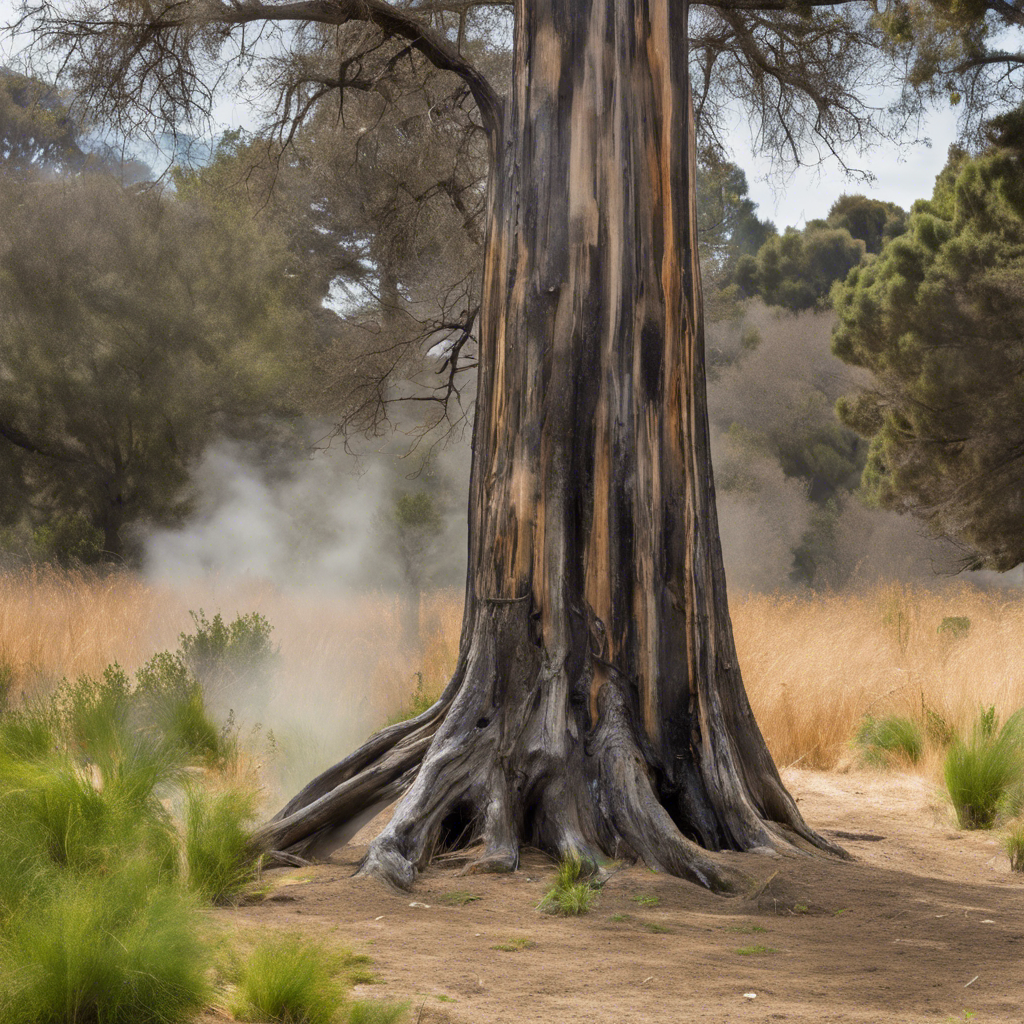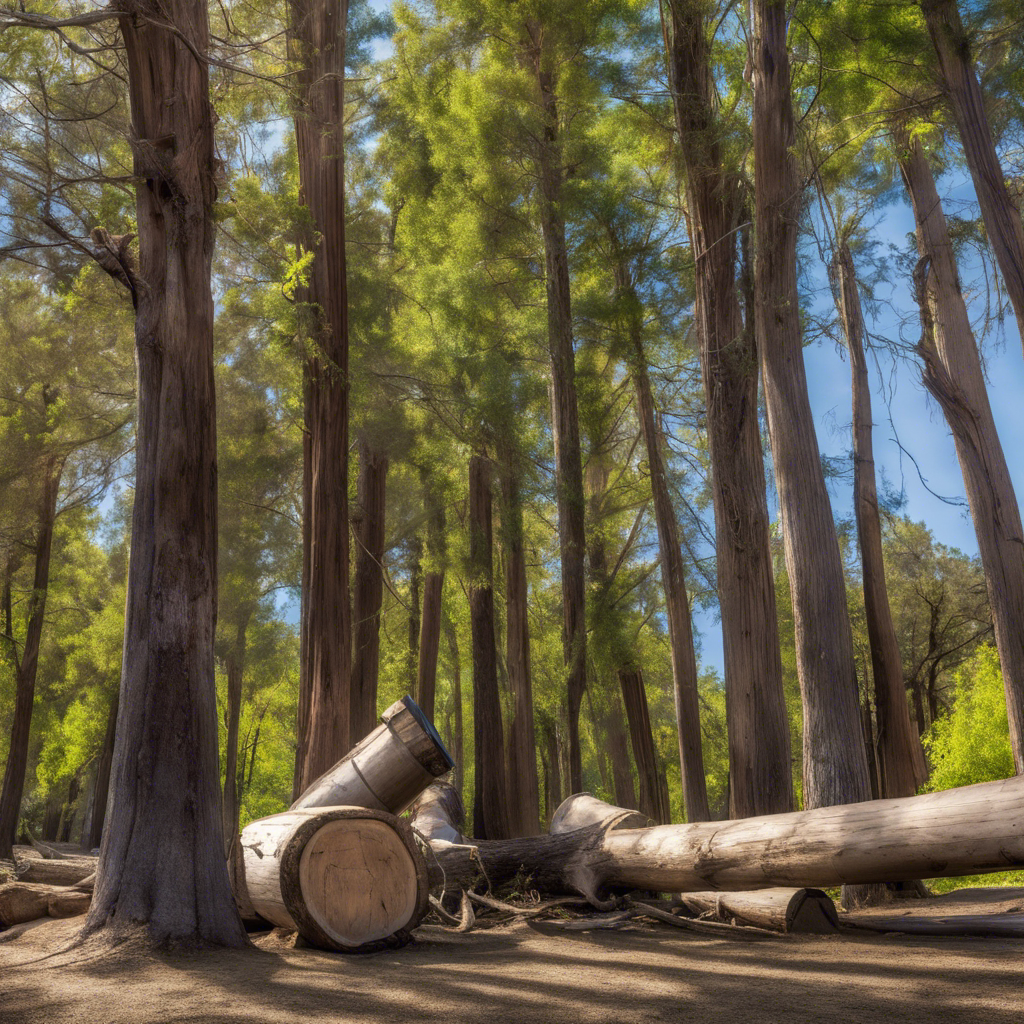East Bay Regional Park District implements an eco-friendly method to clear dead trees and prevent wildfires
In the face of an increasing number of dead or dying trees caused by the drought, the East Bay Regional Park District in California took action to mitigate the risk of wildfires. With over 1,500 acres of tree mortality identified within their regional parks, park officials were faced with the daunting task of finding an efficient and sustainable method to clear out the dead trees. Enter the carbonator, a unique piece of heavy machinery that incinerates dead trees, reducing them to ashes and minimizing the risk of fire. This article explores the implementation of this innovative solution and its impact on the preservation of the East Bay Regional Parks.
The Carbonator: A Game-Changing Solution
The carbonator, resembling a shipping container without a roof, has become the centerpiece of the East Bay Regional Park District’s efforts to clear out dead trees. With temperatures reaching a scorching 1300 degrees inside, this heavy machinery incinerates the trees, turning them into ashes. The carbonator not only eliminates the risk of wildfires but also provides an eco-friendly alternative to traditional methods of tree removal.
Addressing the Threat of Wildfires
The threat of wildfires looms large in California, and the East Bay Regional Park District recognized the urgent need to address the potential dangers posed by dead trees. By identifying over 1,500 acres of tree mortality within their parks, park officials understood the pressing need to take action. The carbonator emerged as an innovative solution that not only cleared out the dead trees but also significantly reduced the risk of fire outbreaks.
A Sustainable Approach to Tree Removal
Sustainability was a key consideration for the East Bay Regional Park District when choosing a method to clear out the dead trees. Traditional methods, such as bulldozing or chipping, can be both time-consuming and environmentally harmful. In contrast, the carbonator offers a sustainable approach that minimizes the carbon footprint and reduces the release of harmful emissions. By incinerating the dead trees, the carbonator converts them into ashes, which can be used as a nutrient-rich soil amendment, benefiting the ecosystem in the long run.
Collaboration and Community Engagement
Implementing the carbonator required collaboration and community engagement. The East Bay Regional Park District worked closely with local environmental organizations, community members, and experts in the field to ensure the successful integration of this innovative solution. By involving stakeholders in the decision-making process, the district fostered a sense of ownership and collective responsibility for the preservation of the regional parks.
The Future of Tree Management
The success of the carbonator in the East Bay Regional Park District has sparked interest and curiosity among other park districts and organizations facing similar challenges. The eco-friendly and efficient nature of this solution has the potential to revolutionize tree management practices across the state and beyond. As climate change continues to impact ecosystems, finding sustainable methods to address tree mortality and mitigate the risk of wildfires becomes increasingly crucial.
Conclusion:
The implementation of the carbonator in the East Bay Regional Park District showcases the district’s commitment to sustainable and innovative solutions. By utilizing this unique piece of heavy machinery, park officials have effectively cleared out dead trees, reducing the risk of wildfires and promoting the long-term health of the regional parks. As the threat of wildfires persists, the carbonator offers a beacon of hope for other park districts and organizations seeking eco-friendly alternatives to tree removal. The success of this project serves as a reminder of the power of collaboration, community engagement, and forward-thinking approaches in preserving our natural landscapes.











